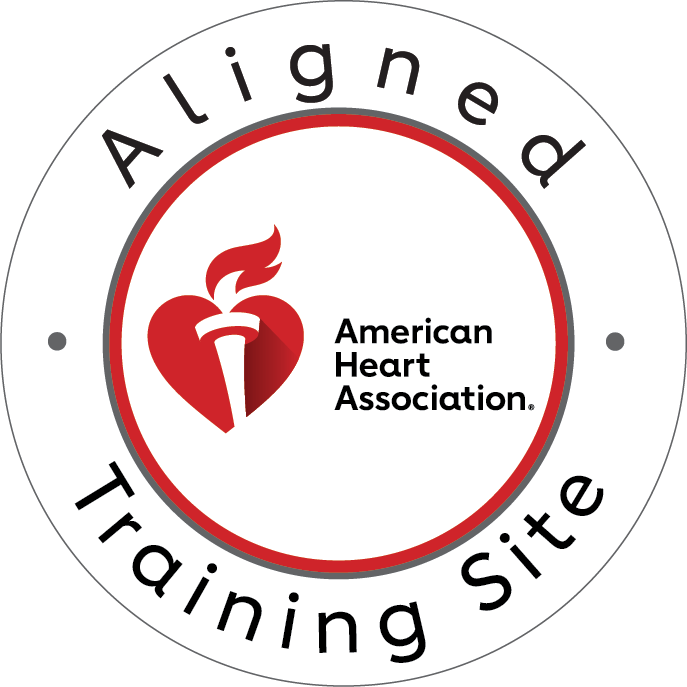Basic Life Support | Things You Should Know
BLS is the basic level of medical care administered to an unconscious or semi-conscious individual with a suspected life-threatening condition.
What BLS encompasses; technique applied:
BLS systems in US are usually identified as EMS (emergency medical systems), AHA’s protocol for BLS is simplified for the use of bystanders, first-responders and EMTs, it follows the highlight of AHA’s Chain of Survival. BLS covers all the necessary lifesaving steps which include:
- CPR
- Adequate use of AED (automated electrical defibrillator),
- Heimlich Maneuver in case of choking
- Assurance of effective ventilation
- First aid training courses
Aims and indications of BLS:
Aim of BLS:
The chief three things or the ABCs on which BLS depends upon are the:
A: Airway (to make sure their windpipe is clear of any obstructions)
B: Breathing (to make sure that they are breathing; by listening close to their chest)
C: Circulation (to make sure that the heart is beating; or initiate CPR)
In any type of medical emergency, the first-responder, bystander or anyone who is tending to the victim needs to make sure of the aforementioned.
Indications; when to administer BLS:
Cardiac arrest: When the victim’s heart stops beating, immediate CPR is needed.
Respiratory arrest: Common in toddlers, and in asthma patients, or if someone goes into anaphylactic shock.
Choking: It happens when a foreign substance blocks the airway, it can be food or any small object (even tongue if rendered unconscious), abdominal thrusts or chest thrusts(if victim is obese) are to be performed.
Drowning: As soon as the victim is removed from danger, immediate CPR is to be given, assure proper breathing and to keep them warm (to avoid hypothermia)
Let’s talk numbers; BLS, survival and recovery:
- In a single year 475,000 Americans die from cardiac arrests. [1]
- Nearly half of the people working the US cannot find an AED in their workplaces.
- Just about 46% of individuals who experience an OHCA get the prompt assistance that they need before the paramedics show up.
- Patients with out-of-emergency clinic heart failure who got BLS had higher endurance at medical clinic release and at 90 days contrasted and the individuals who got ALS and were more averse to encounter poor neurological working. [2]
Importance of BLS; a lifesaving training program.
Basic Life Support (BLS) is a degree of clinical reflection applied in life-threatening situations and hazardous conditions until the ambulance arrives. It might aid the victims of choking, suffocating or are going into cardiac arrest. Statistics show the drastic effects on the recovery of the victims, who receive BLS.
While BLS system can be remarkably helpful, it is important to give it the proper way. Hence, extraordinary attention is set on BLS training provided by capable institutions. By acquiring knowledge or by actually getting certified on this course you might be able to help a loved one, or anyone in the public, the sole objective of learning is not to be invasive but just to ‘buy them some time’ until the concerned personnel arrive, with correct skills you might save a life someday.
REFERENCES
[1] https://cpr.heart.org/en/resources/cpr-facts-and-stats
[2] https://www.ncbi.nlm.nih.gov/pmc/articles/PMC3019063/
Beckers, S. K., M. H. Skorning, M. Fries, J. Bickenbach, S. Beuerlein, M. Derwall, R. Kuhlen& R. Rossaint (2007) CPREzy improves performance of external chest compressions in simulated cardiac arrest. Resuscitation, 72, 100-7.
Boyle, A. J., A. M. Wilson, K. Connelly, L. McGuigan, J. Wilson & R. Whitbourn (2002) Improvement in timing and effectiveness of external cardiac compressions with a new non-invasive device: the CPR-Ezy. Resuscitation, 54, 63-7.
Moore J Salverda B, Lick M, Rojas-Salvador C, Debaty G, Lurie K. Controlled sequential elevation of the head and thorax combined with active compression decompression cardiopulmonary resuscitation and an impedance threshold device improves neurological survival in a swine model of cardiac arrest. Presented at: American Heart Association Resuscitation Science Symposium; Nov 11, 2019; Philidelphia, PA. Circulation: American Heart Association; 2019.
Moore J, Segal N, Lick M, Dodd K, et al. Head and thorax elevation during active compression decompression cardiopulmonary resuscitation with an impedance threshold device improves cerebral perfusion in a swine model of prolonged cardiac arrest. Resuscitation. 2017;2017(121):195-200. doi: http://dx.doi.org/10.1016/j.resuscitation.2017.07.033.
Scheppke K, Pepe P, Antevy P, Lick C, Coyle C, Garay S, et al. (2020). Safety and feasibility of an automated patient positioning system for controlled sequential elevation of the head and thorax during cardiopulmonary resuscitation [Research Poster Presentation]. National Association of EMS Physicians Annual Conference, San Diego, CA.




